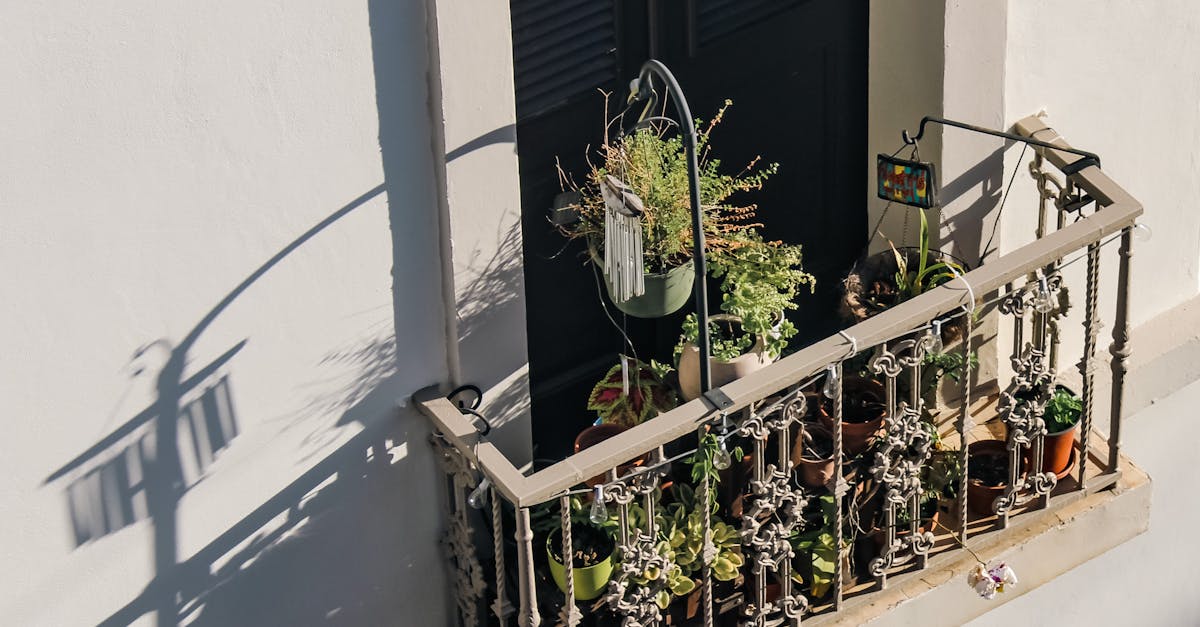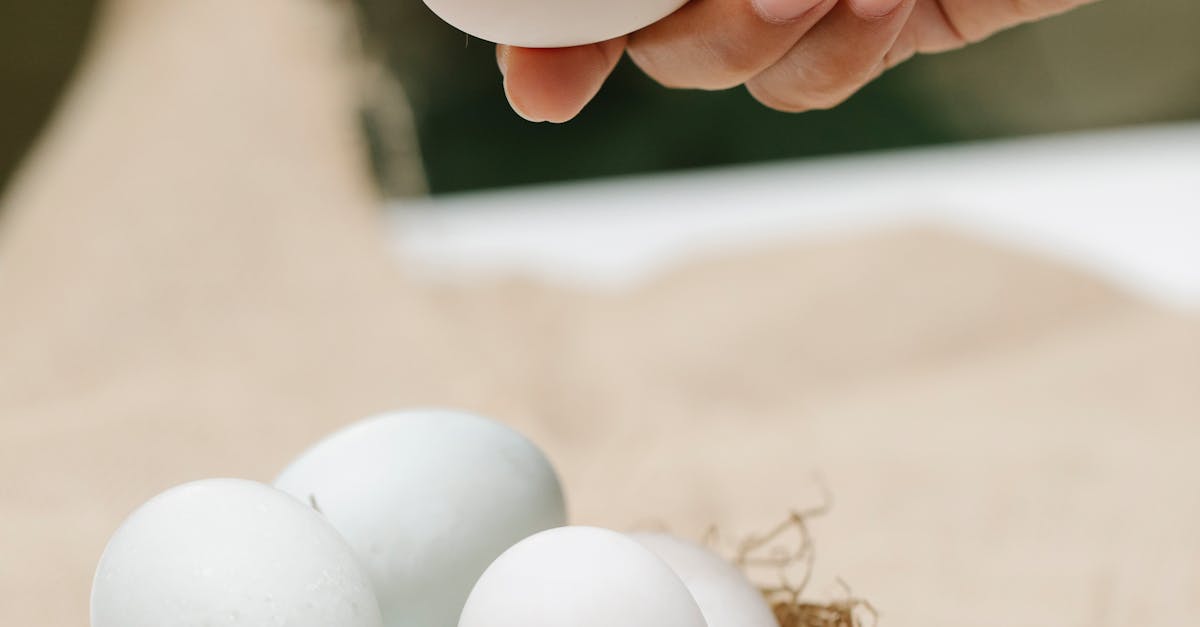
Zone 7 Planting Guide For Successful Gardening
- October 01, 2024
- 4 min Read
- Views 817
Zone 7 Planting Guide for Successful Gardening
Gardening in Zone 7 can be incredibly rewarding if you know the best practices for the region. Zone 7, characterized by its temperate climate, offers a unique set of opportunities and challenges for gardeners. This zone spans parts of the Pacific Northwest, mid-Atlantic, the South, and parts of the interior West. Understanding the intricacies of planting in Zone 7 is essential for a flourishing garden. Here’s a comprehensive Zone 7 planting guide for successful gardening.
Understanding Zone 7 Climate
Zone 7 encompasses regions where the average minimum winter temperature ranges between 0 to 10 degrees Fahrenheit (-18 to -12 degrees Celsius). Summers are warm to hot, with moderate to high humidity. Given these conditions, plants must be selected based on their hardiness to both winter cold and summer heat. Some areas may also experience late spring frosts, so timing is crucial.
Choosing the Right Plants for Zone 7
One of the keys to successful gardening in Zone 7 is selecting plants that thrive in its specific climate. Popular options include:
- Perennials: Black-eyed Susans, daylilies, coneflowers, and hostas.
- Annuals: Marigolds, zinnias, petunias, and impatiens.
- Vegetables: Tomatoes, peppers, squash, and beans.
- Herbs: Basil, oregano, parsley, and thyme.
- Fruits: Blueberries, raspberries, apples, and peaches.
- Trees and Shrubs: Dogwoods, azaleas, and hollies.
It’s crucial to consider the specific soil and sunlight needs of each plant. For instance, while hostas prefer shaded areas, coneflowers thrive in full sunlight.
Planting Seasons in Zone 7
The temperate climate of Zone 7 provides two main planting seasons: spring and fall. Here's a detailed breakdown:
- Spring Planting: Ideal for most annuals, perennials, vegetables, and herbs. Typically begins in late March or early April, once the danger of frost has passed.
- Fall Planting: Best for trees, shrubs, and some perennials. Start in September or early October to give plants time to establish roots before winter.
Planting in these seasons takes advantage of milder temperatures and more consistent rainfall, offering your plants the best chance to thrive.
Guide Steps for Zone 7 Planting
Step 1: Prepare Your Soil
Healthy soil is the foundation of a successful garden. Conduct a soil test to determine its pH and nutrient levels. Amend the soil with organic matter like compost or aged manure to improve its structure and fertility.
Step 2: Plan Your Garden Layout
Consider the sunlight, shade, and spacing needs of each plant. Group plants with similar requirements together to simplify maintenance.
Step 3: Start Planting
Follow specific planting instructions for each type of plant. Generally, dig holes twice as wide and just as deep as the root ball, and water thoroughly after planting.
Step 4: Mulch and Water Regularly
Apply a 2-3 inch layer of organic mulch to help retain soil moisture, regulate temperature, and reduce weeds. Water regularly, especially during dry spells, ensuring the soil remains consistently moist but not waterlogged.
Step 5: Monitor and Maintain
Keep an eye out for pests and diseases. Practice organic pest control methods and remove any infected plants promptly. Regularly deadhead flowers and prune shrubs to encourage healthy growth.
FAQ
What is the last frost date for Zone 7? The average last frost date for Zone 7 is typically between April 15 and April 30. However, this can vary slightly depending on your specific location within the zone.
Can I grow tropical plants in Zone 7? Some tropical plants can be grown in Zone 7, but they may need to be treated as annuals or brought indoors during the winter months.
How often should I water my garden? Watering needs depend on the type of plants and the weather. Generally, aim for about 1 inch of water per week, either from rainfall or manual watering.
Are there any plants that are particularly difficult to grow in Zone 7? Plants that require extremely cold or hot temperatures, such as Arctic or strictly tropical species, can be challenging to grow in Zone 7.
Tags
- Zone 7
- Gardening
- Planting Guide
- Perennials
- Annuals
- Vegetables
- Herbs
- Fruits
- Trees
References
People Also View
-
1October 01, 2024
-
2October 03, 2024
-
3October 03, 2024
-
4October 09, 2024
-
5October 03, 2024
Categories
- Near Me 2147 Posts
- How To 548 Posts
- Where To 257 Posts
- Why 90 Posts
- How Much 97 Posts
- Travel 202 Posts
- Food And Drink 815 Posts
- Shopping 797 Posts
- Lifestyle 1050 Posts
- Automotive 364 Posts
- Digital Income 70 Posts








